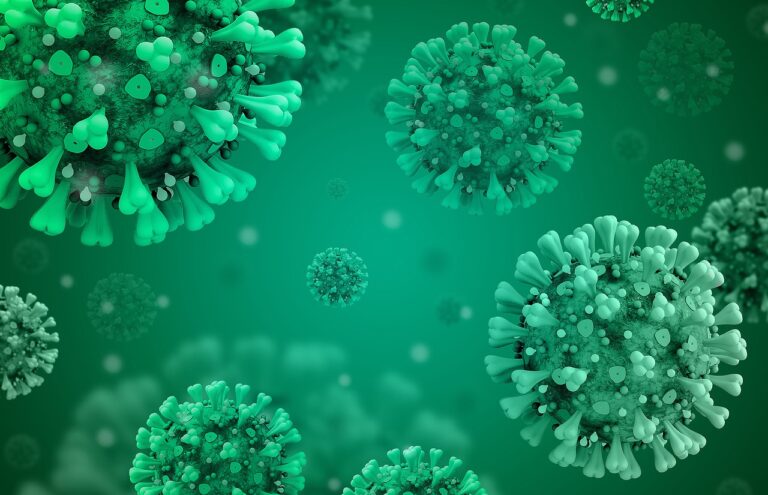Ligament Injuries London: Comprehensive Insights and Effective Treatments
Ligament injuries are a prevalent concern in the realm of sports medicine and general orthopedic health. In London, with its bustling lifestyle and dynamic sports culture, the frequency of these injuries has become a significant topic among healthcare professionals and athletes alike. Understanding the nature of ligament injuries, their symptoms, causes, and available treatment options is crucial for effective recovery and prevention. This article aims to provide a thorough exploration of ligament injuries, focusing specifically on the needs and experiences of patients in London.
Understanding Ligament Injuries
Ligaments are robust bands of connective tissue that connect bones to other bones, providing stability and support to joints. Ligament injuries often occur during physical activities, particularly sports that involve rapid movements, twisting, or impact. Common types of ligament injuries include:
- Sprains: Overstretching or tearing of ligaments, commonly affecting the ankle, knee, or wrist.
- Tears: Partial or complete tears of a ligament, often more severe than sprains.
- Ruptures: Complete severance of a ligament, leading to significant instability in the affected joint.
Common Ligament Injuries in London
- Anterior Cruciate Ligament (ACL) Injury:
ACL injuries are particularly common in sports like football, basketball, and skiing. This injury often occurs during sudden stops, changes in direction, or jumping. Symptoms include swelling, pain, and a feeling of instability in the knee. - Medial Collateral Ligament (MCL) Injury:
MCL injuries often happen when a direct blow is inflicted on the outside of the knee. This injury can cause pain on the inner knee, swelling, and difficulty in bending the joint. - Lateral Collateral Ligament (LCL) Injury:
Similar to MCL injuries, LCL injuries are caused by impacts but affect the outer knee. Symptoms include localized pain and tenderness along the outer knee. - Ankle Sprains:
Ankle sprains are frequent among athletes and active individuals. They typically occur when the foot rolls, twists, or turns in an awkward way, causing pain, swelling, and bruising around the ankle.
Symptoms of Ligament Injuries
Recognizing the symptoms of ligament injuries is essential for prompt treatment. Common symptoms include:
- Sudden pain: Often felt immediately after the injury.
- Swelling: Can occur within hours and may last for days.
- Bruising: Discoloration around the injured area.
- Reduced range of motion: Difficulty in moving the affected joint.
- Instability: A feeling that the joint may give way during weight-bearing activities.
Causes of Ligament Injuries
Ligament injuries can result from various factors, including:
- Trauma: Sudden impacts from falls or collisions during sports.
- Overuse: Repetitive strain on ligaments from excessive activity or poor technique.
- Weakness: Pre-existing muscular weakness or imbalances may increase susceptibility to injuries.
- Environmental factors: Playing surfaces that are uneven or poorly maintained can contribute to injury risk.
Diagnosis of Ligament Injuries
A precise diagnosis is crucial for effective treatment. In London, healthcare professionals employ several methods to diagnose ligament injuries:
- Physical Examination: A thorough assessment of the injured area, including tests for pain, swelling, and stability, is the first step.
- Imaging Tests:
- X-rays can help rule out fractures.
- MRI scans provide detailed images of soft tissues, enabling a clear view of ligament integrity and the extent of the injury.
Treatment Options for Ligament Injuries
Effective treatment for ligament injuries typically involves a combination of rest, rehabilitation, and, in some cases, surgery. The chosen method depends on the severity of the injury.
Conservative Treatment
For minor ligament injuries, conservative treatment methods are often effective. These include:
- Rest: Avoiding activities that exacerbate the injury is vital for recovery.
- Ice: Applying ice packs can help reduce swelling and numb pain.
- Compression: Using bandages or wraps can provide support and limit swelling.
- Elevation: Keeping the injured area elevated helps reduce swelling.
Rehabilitation
Once the initial pain and swelling subside, rehabilitation is essential. This phase focuses on restoring strength, flexibility, and functionality through:
- Physical Therapy: Tailored exercises guided by a professional can promote healing and prevent future injuries.
- Strength Training: Gradually introducing strength-building exercises can stabilize the affected joint and support recovery.
Surgical Interventions
In cases of severe ligament injuries, such as complete tears or ruptures, surgical options may be necessary. Common surgical procedures include:
- Ligament Reconstruction: Involves replacing the torn ligament with a graft from another part of the body or a donor.
- Repair Techniques: For certain injuries, surgeons may stitch the torn ligament back together.
Preventing Ligament Injuries
Preventing ligament injuries is vital, especially for athletes and active individuals. Effective prevention strategies include:
- Strength Training: Engaging in exercises that strengthen the muscles surrounding joints can provide added support.
- Flexibility Exercises: Incorporating stretching routines can enhance flexibility and reduce the risk of injuries.
- Proper Technique: Learning and practicing proper techniques in sports can significantly lower the chances of ligament injuries.
- Footwear: Wearing appropriate shoes that provide support and traction can help prevent ankle sprains and other injuries.
Conclusion
Ligament injuries pose a significant challenge for many individuals in London, particularly athletes. Understanding the symptoms, causes, and treatment options is essential for effective management and recovery. By prioritizing prevention and seeking prompt medical attention, individuals can navigate these injuries more effectively. As experts in the field, we remain committed to providing comprehensive care for ligament injuries, ensuring our patients receive the highest quality treatment tailored to their specific needs.






